The stakes of creative destruction in the era of AI
Overview
Joseph Schumpeter was the first to speak of “creative destruction”, and to attribute the economic boom of the Industrial Revolutions (IR) to the figure of the entrepreneur. Thus, the great cycles of innovation inherent in each IR lead to the emergence of entire economic sectors that render others obsolete, with the associated creation and destruction of jobs. Many economists consider artificial intelligence (AI) to be the 4th IR, recently spurred on by the creative action of new entrepreneurs. While AI holds out the promise of considerable productivity gains, it also poses a real threat to many jobs: up to 300 million worldwide, according to a Goldman Sachs study.
While the economic workings of the whole sector it would bring into being, as well as the job creation it is expected to generate, have yet to be quantified, others temper the most alarmist forecasts by anticipating more of a qualitative reshaping of jobs. What can we expect from the AI revolution? How can we facilitate the adaptation of workers to the new market demands it induces? What policies should be put in place to mitigate the economic and social inequalities that will result?
Speakers





Coordinator

Photo gallery


















